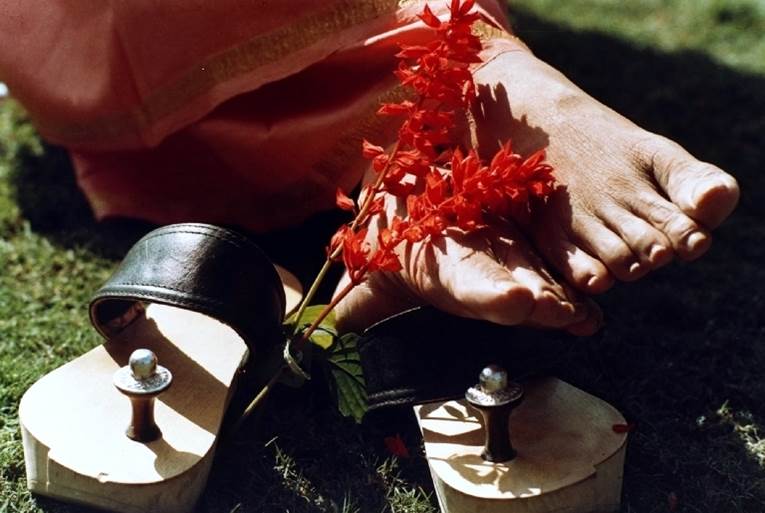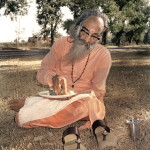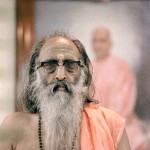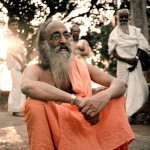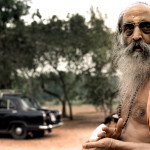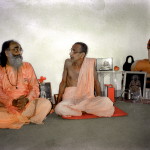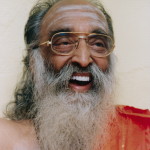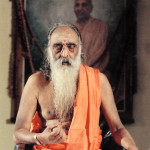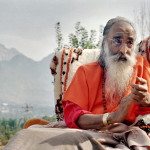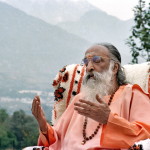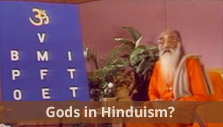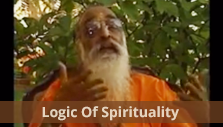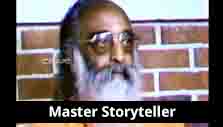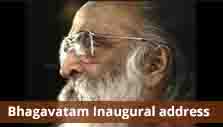Early indications
Balan was not born holy, yet he took sannyasa at the age of thirty-three, as, in his words, “It was the only sensible thing to do.” Tracing back to the early 1900s, this son born to the Poothampalli House in Kerala’s Ernakulam, to Vadakke Kurupath Kuttan Menon of Trichur and his wife, the devout Parukutti Menon, Poothampalli Balakrishnan Menon was the eldest child after whom Shri Kuttan Menon had two daughters as well. This was a traditional home steeped in worship and service of the Lord, where worship and prayer lasted longer than a slow meal. It was a home known for its kindness and hospitality, where Kulagurus Chattambi Swamigal, Yogiraj Bhairavananda and all visiting saints were revered and respected. Little did this household imagine that the baby in the crib came with a severely questioning mind, unrelenting of illogical discipline and a bank of questions whose answers lay dispersed and far into time.
In Poothampalli House, the evening poojas that at first began as a trial for an indifferent Balan, would later be seen as a precursor of a fabulous life that would blaze the world with a clear idea of worship, be an idol of worship, and in later years, the ideal of worship.
It was this that gave Balan the momentum towards devotion something he would not know until his mid twenties. And like all discipline, which one instinctively follows, little Balan did too, but in the silence of his young mind he created fanciful games with the goings-on, the idols, the framed pictures, the processes and prescriptions of do’s and don’ts, as none of these added up logically in his mind.
Of the entire pantheon of gods and goddesses that lined the family prayer room, the one that held little Balan’s attention, without seeming forbidding or inhibiting, was Shiva as Gangadhara, although he did shudder to see Devi Bhagawati smothered under a mountain of flowers, a mountain that only increased with every naam of the sahasranaam…As the routine established into a daily affair, Balan had to devise a coping strategy. And it was this strategy that saw the birth of the future Swami Chinmayananda. It began with a game of hide-and-seek that he played with the Lord Chandrakaladhara. So the Lord hid as Balan shut his eyes and then little Balan sought Him in his mind’s screen. Soon, this became his preferred game which he played outside of the pooja room too: to find Lord Siva in his mind on demand… and as he sought, the Lord appeared even as a sweet smile of triumph lit up little Balan’s face.
In hindsight, looking back: In Swami Chinmayananda’s words which he recalled in later years as he sat in Ananda Kutir, “It took more than 20 years to realise that in that strange game, little Balan had been initiated into Jnana Marga by Parameswara Himself.”
From Balan to Bliss via Jnana Marg
Done with schooling and graduation, Balan took to writing and writing took him to scripting fiery speeches that denounced the British rule. Balakrishnan’s nationalist activities led to his imprisonment – not surprising, and as he would realise soon, resistance was indeed a recipe for bondage! But resist he did and rightly so then, as he was resisting adharma. Like all young people, Balan too overtly fought the system, fought the establishment, fought irrationality, fought superstition and fought blind faith. This overt rebellion was the coming of age of his inner spiritual quest.
One day, while working for The National Herald, Balakrishnan decided to write an exposé, calling the bluff (as he then believed) of the swamis in the Himalayan regions. Thus, he travelled to Swami Sivananda’s ashram in Rishikesh.
How unusual is the hand of God! Unwittingly at the door of India’s finest spiritual teacher, Balakrishnan’s journey began to reveal to him his own inner spiritual revolution and evolution. Swami Sivananda’s divinity, love, and Vedanta teachings overwhelmed the young skeptic. A striking inner transformation unfolded within Balakrishnan and instead of questioning and confronting the world outside, he began to confront his inner world of thoughts and ideas. He began questioning and reflecting upon the purpose of life and the secret of permanent happiness. In the company of saints, and through the clarity of their teachings, the highly intellectual seeker soon chose to become a renunciate himself.
On the holy day of Mahashivaratri, February 25, 1949, Balakrishnan was initiated into the sannyasa order by Swami Sivananda, who blessed him with the name ‘Swami Chinmayananda Saraswati’. Chinmayananda means ‘filled with the bliss of pure Consciousness’. Swami Sivananda then guided Chinmayananda to the most renowned Vedanta master of the time, Swami Tapovanam, who lived in Uttarkashi, in the Himalayas. Swami Tapovanam who rarely took on disciples put forth strict conditions… but these were no deterrent for the young renunciate; he accepted each of his Guru’s terms, unconditionally.
Thus began a period of intensive study and austere living as Swami Tapovanam’s disciple.
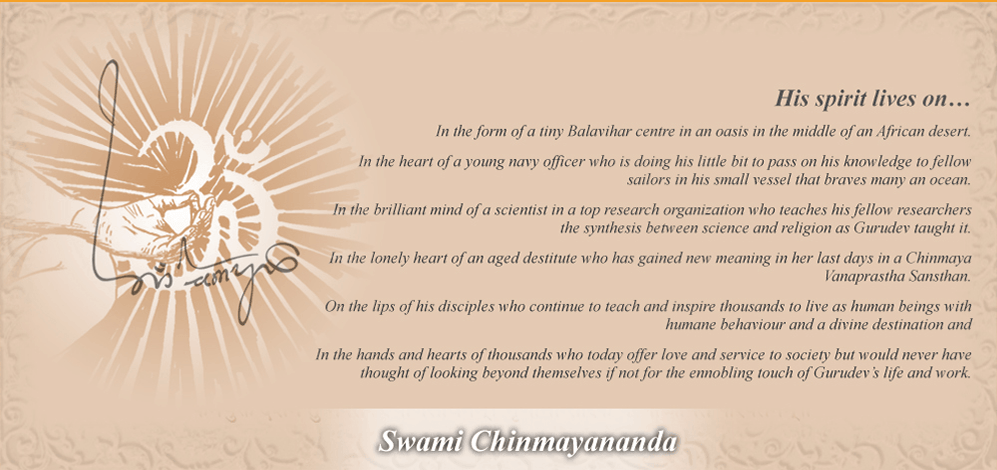
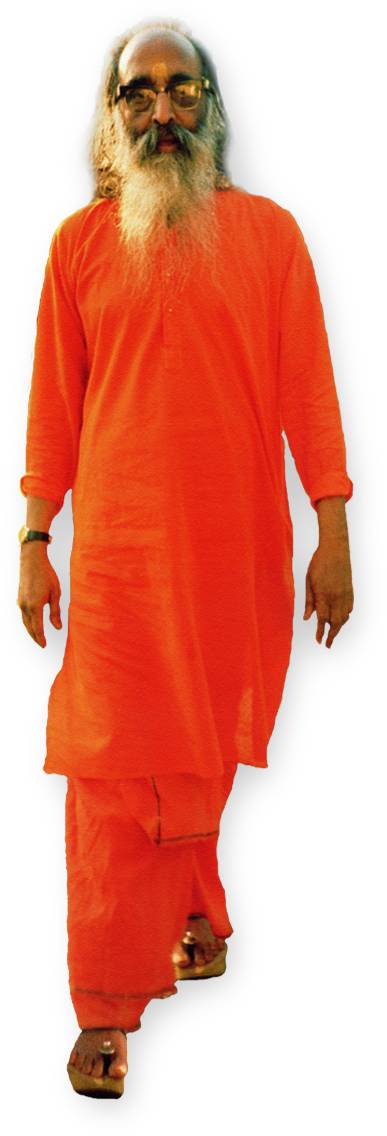
 Twitter
Twitter Facebook
Facebook